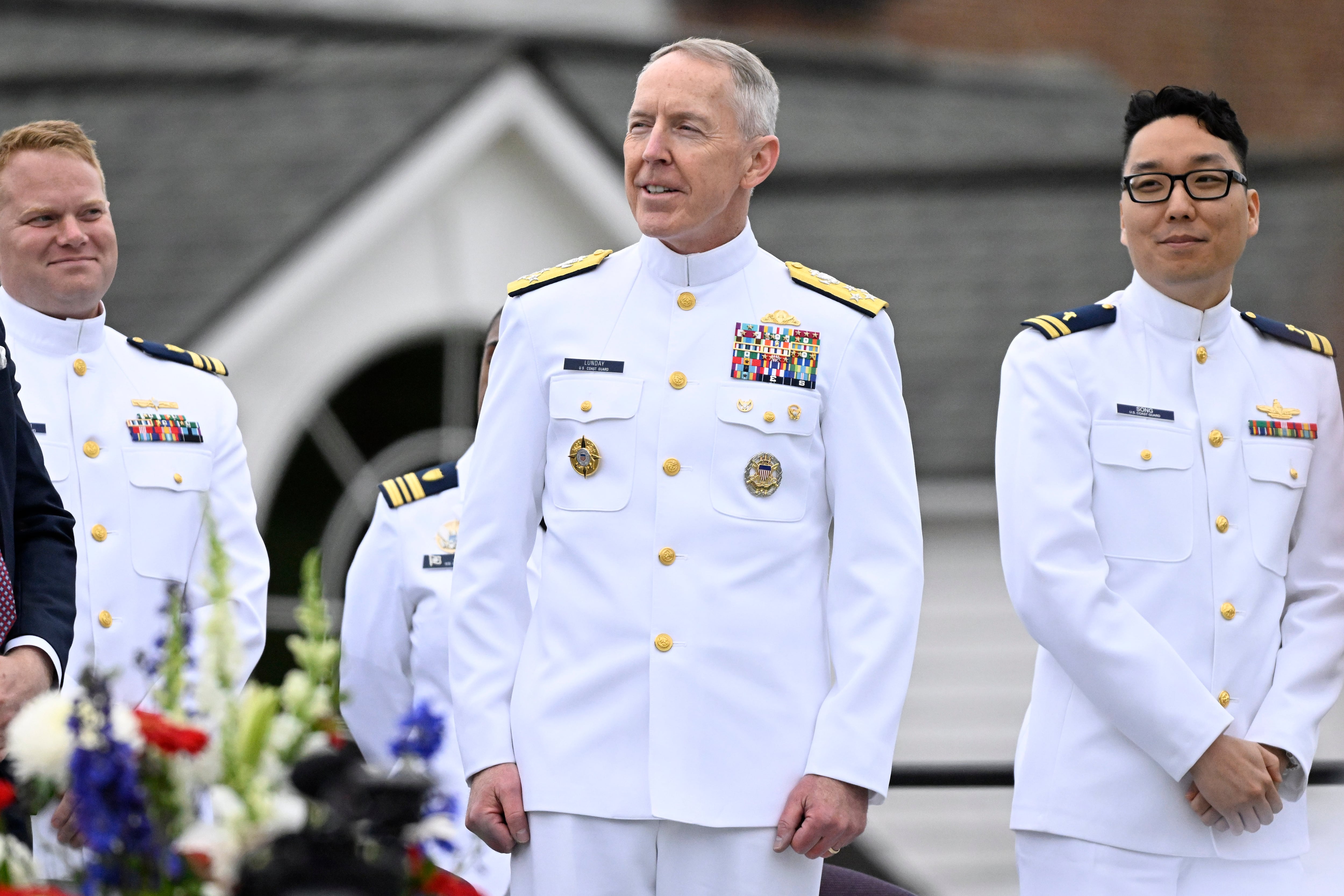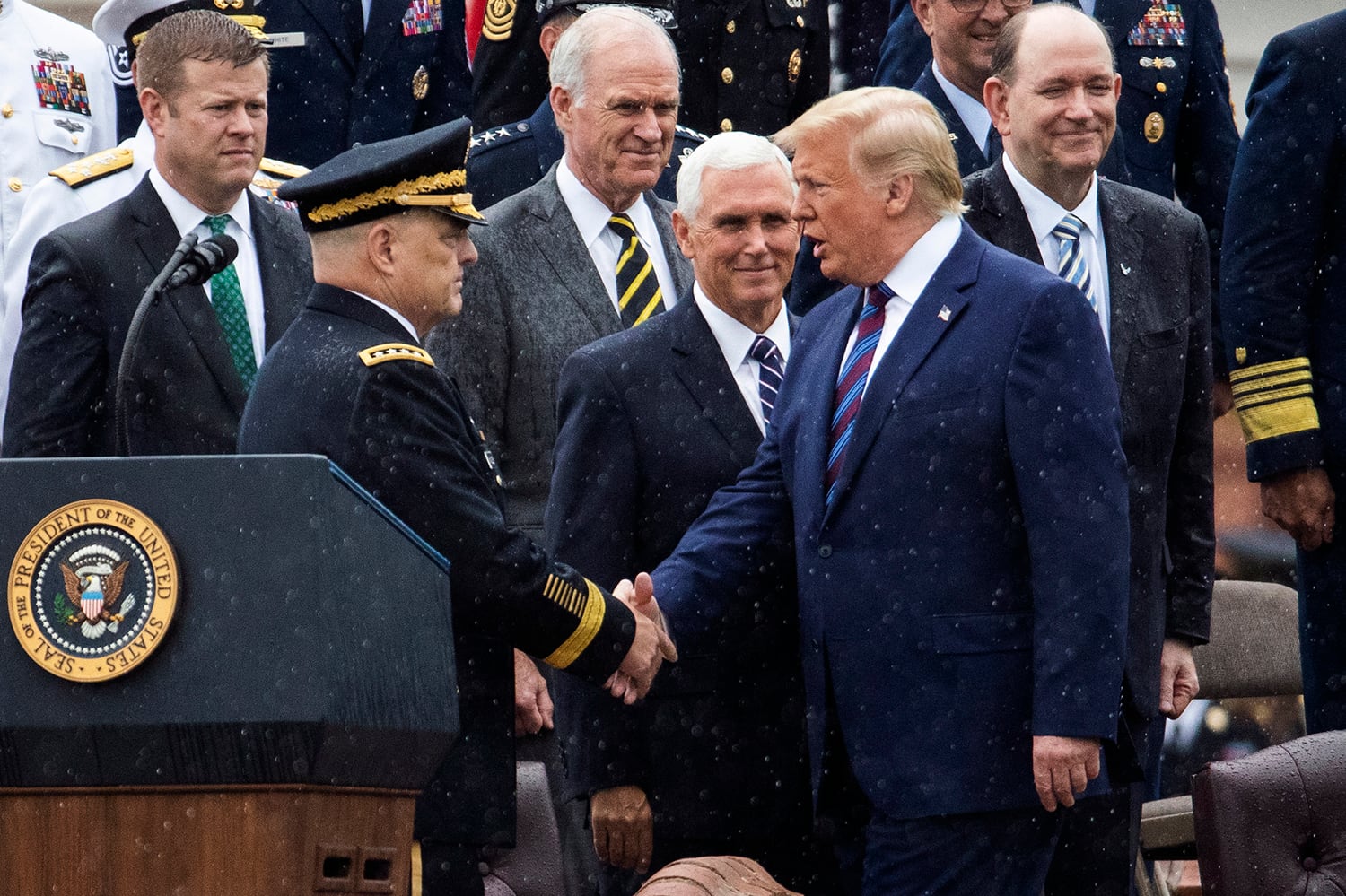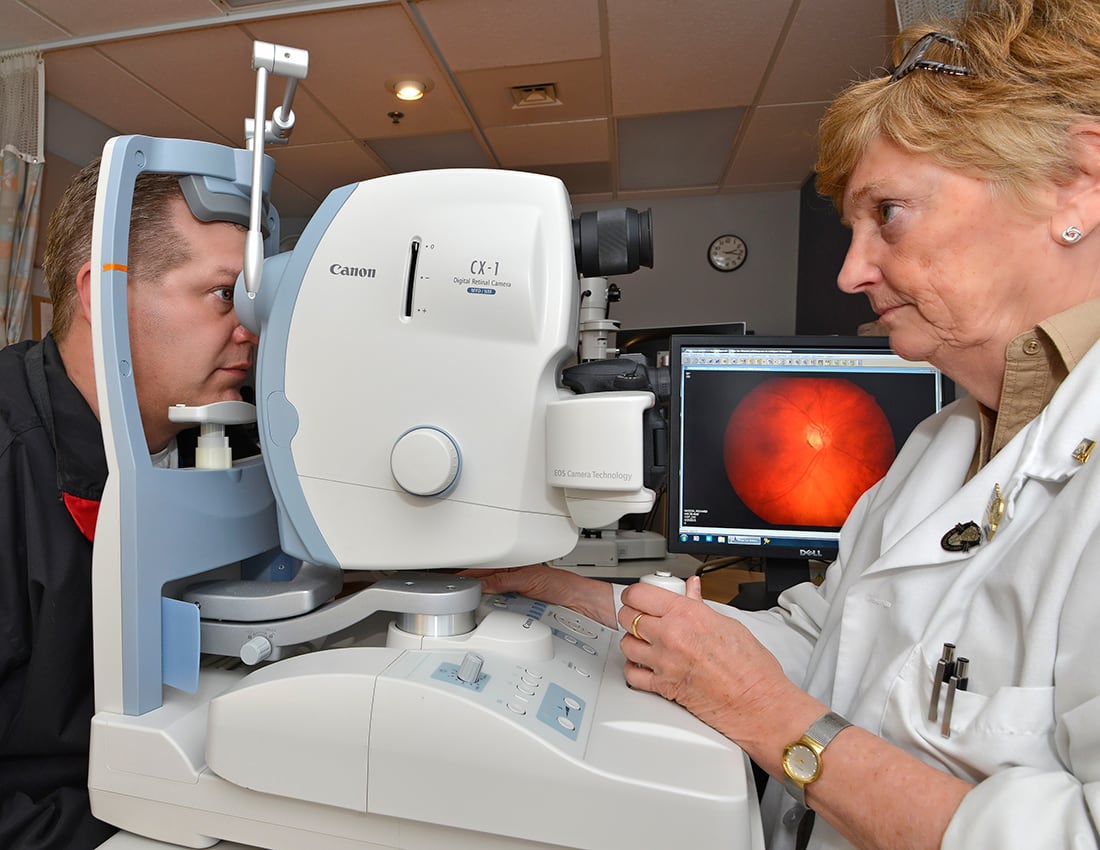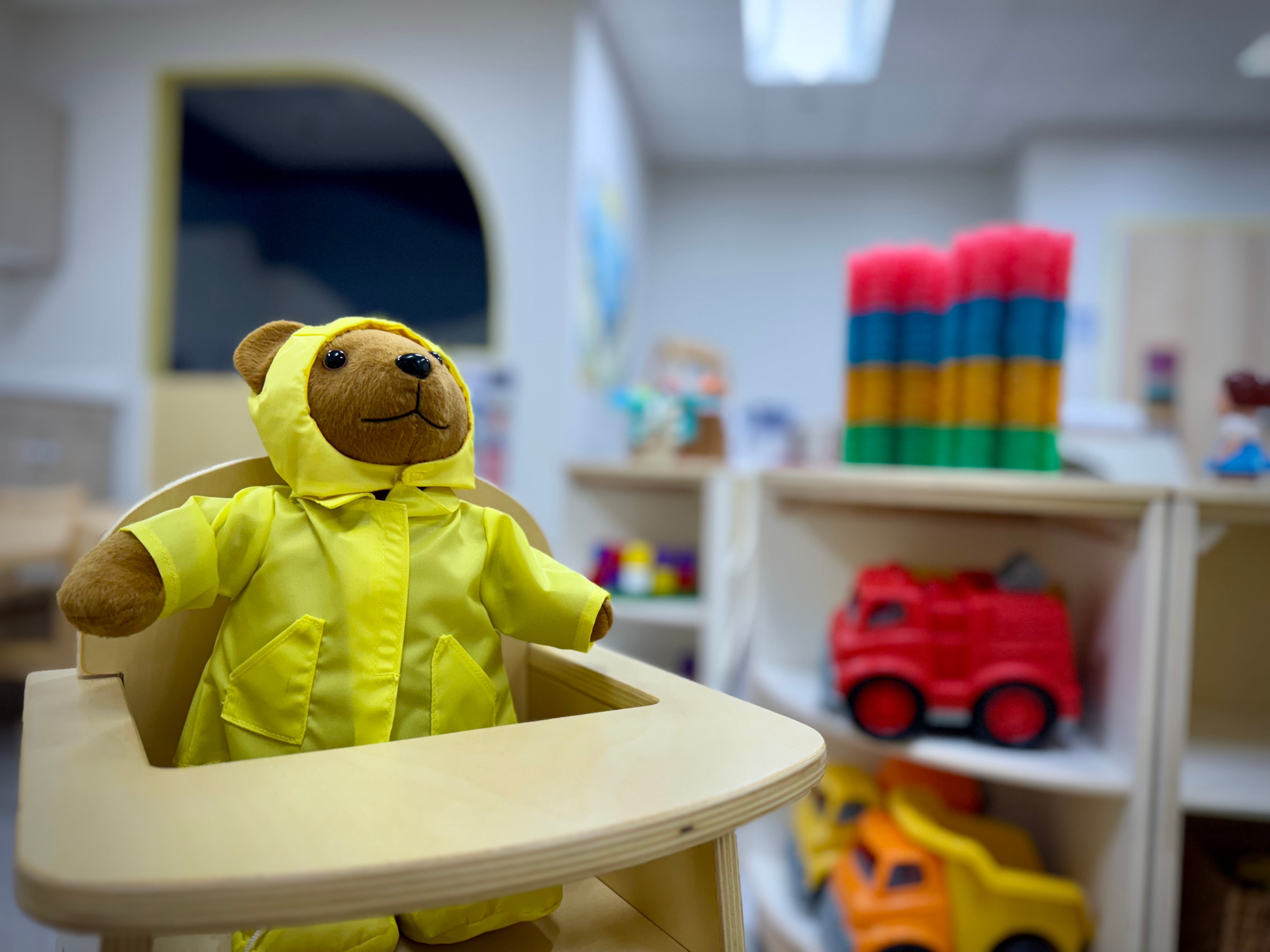Aviation safety protocols are, the saying goes, written in blood. That's why every time a helicopter nearly topples on deck, a cable fails to stop a landing plane, or a pilot runs low on breathing oxygen in flight, witnesses are trusted to report it.
In addition to these critical incident reports, squadrons are routinely assessed for aviation safety to prevent the next mishap.
But all too often these squadron leaders weren't fixing safety issues over the last three decades, according to the leader of the organization charged with investigating Navy and Marine Corps mishaps, who said some commanding officers stashed the surveys rather than fix the problems. The Navy only got serious about fixing this flawed culture two years ago, he said.
"It was an organization basically frozen in time for about 30 years," Rear Adm. Chris Murray said Sept. 10, referring to the state of things when he took over the Naval Safety Center in 2014. "Great at investigating things, but not doing a whole lot to prevent mishaps."
That was most apparent in the aviation community, he said, where squadrons members are anonymously surveyed on safety.
"We've been doing surveys in squadrons forever," Murray told the audience of aviators at the annual Tailhook reunion near Reno, Nevada. "Frankly, it was a great one-on-one with our guys and the squadron's CO, but it never really got any further than that."
"If we found something that was pretty troubling, that kind of went in the CO's desk," said Murray, a career naval flight officer who has commanded a carrier air wing. "And frankly, some of our COs went, 'Yeah, my [projected rotation date] is in two or three months, so maybe I'm just going to keep that in my desk and let my [executive officer] deal with it.' "
The safety boss said the culture has been revamped so that these squadron surveys are get more scrutiny from higher ups and that officials are using more mishap data to assess the causes of mishaps. A spokeswoman for the Naval Safety Center said Murray's example was intended to show the gravity of the problem and he didn't intend to suggest this was typical.
"Rear Adm. Murray did not intend to suggest that COs shoving safety reports in their desks was ever the norm," said his spokeswoman, Margaret Menzies. "This was more of a metaphor used to gain the audience's attention and reinforce how valuable the information contained in a safety report can be -- and in fact, it should not be shoved in a desk."
Naval aviation has faced questions about whether it has been doing enough mitigate known dangers. Indeed, officials are trying to fix oxygen problems in F/A-18 Hornets that some aviators say they've been reporting for years to no avail.
And a 2015 Navy Times investigation found that the NSC and Naval Air Systems Command had ignored years of reports that helicopters landing on destroyers and frigates were vulnerable to waves that could wash them overboard -- changes only came in the wake of a 2013 helicopter crash. The Navy Times report was based on 13 official hazard reports in the years before a helicopter tragedy; more sailors came forward after this report to say they had seen waves strike their helicopters.
"These surveys are very in-depth and provided me with a different perspective on what is going well and not so well," retired Capt. Sean Butcher, an HH-60H pilot, told Navy Times. "Sometimes the squadron leadership tells the CO what they think he wants to hear, not what he needs to hear and these surveys help ensure we are on the right track or if we need to change direction a bit. "
Butcher said he always took action to remedy any problems they brought up, adding he wasn't aware of any fellow COs who swept them under the rug.
Still, there is some debate about how widespread the survey problems were and the severity of the issues that were not reported or fixed. Making changes has largely been left up to the squadron's skipper, according to a retired Navy and Marine Corps mishap investigator.
"Yeah, it’s not mandatory. It’s a CO’s mirror, so to speak, on the culture and the command climate," Matt Robinson told Navy Times in a Sept. 19 phone interview. "It’s up to them whether they want to address the issues if there are any or not."
Still, in most cases he saw, COs took the results and made necessary changes.
"I may have seen it a couple of times where the squadron climate was caustic, but it is very rare," he said. "The survey, from what I have seen, works -- and every single survey that I have heard about, been a part of, the CO has taken the comments to heart and has implemented change to make it better."
Making changes
The year Murray came on board was also one of the worst for naval aviation deaths in years.
The old safety survey system has been phased out, according to Murray. Now, after a visit from the safety center, the results are briefed up the chain of command to helicopter squadron commodores and air group commanders for another set of eyes.
That could complicate things, though, Butcher said.
"The survey was only briefed to the COs of the squadron because of concern that sharing potentially derogatory information about the CO and the command to the wing commodore could have a negative impact on the command," he said. "The fear that the commodore's perception of the squadron and ranking of his squadron commanders could be influenced by information from these surveys is a very real concern."
The revamped safety center has also done a deep dive into its mishap data, mining the causes of accidents in the MH-60 Seahawk and Hornet communities, the two places hardest hit. The compiled reports include unit assessments, hazard reports filed, Aviation Safety Awareness Program filings and causal factors of past mishaps, to widen the investigations beyond Class A mishaps and include data on near-misses and other identified dangers.
The so-called hazard maps shed new light on the causes of mishaps as well as any particular geographic problem for VFA squadrons.
Despite his previous assumption that most mishaps caused by human error could be blamed on pilots, due to procedural mistakes, communication errors or just lack of experience, the data show something different, Murray said.
It turns out that the Navy has 160 percent more mishaps because of maintenance errors than anything pilots do. They also found that in the VFA community, squadrons based at Naval Air Station Lemoore, California, are much more likely to have maintenance problems than their East Coast counterparts at NAS Oceana, Virginia.
"Anyone that's been a [commander, air group] out in Lemoore and a CO at Oceana, like I have been, can tell you that you have maintenance master chiefs waiting like cordwood to be your maintenance master chief at Oceana. That does not exist out in Lemoore," Murray said.
He attributed that to Oceana being a more favorable duty station, which can siphon off some more experienced E-9s. That concern has been forwarded to the air boss, Vice Adm. Mike Shoemaker, in hopes of persuading more experienced Hornet maintainers to go to California, Murray said.
With two more weeks to go in fiscal year 2016, naval aviation has seen 14 mishaps this year, including four within three weeks this summer, all Marine Corps Hornet crashes and deaths.
Still, that's down from 19 in the previous year, and a vast improvement in the long term, Murray said.
"When I started flying in ’84, naval aviation averaged 40 class A mishaps a year. Almost all totally lost airplanes," he said, adding that the numbers have been cut in half in each successive decade.
"We’ve gotten much, much, much more safe."
Meghann Myers is the Pentagon bureau chief at Military Times. She covers operations, policy, personnel, leadership and other issues affecting service members.





